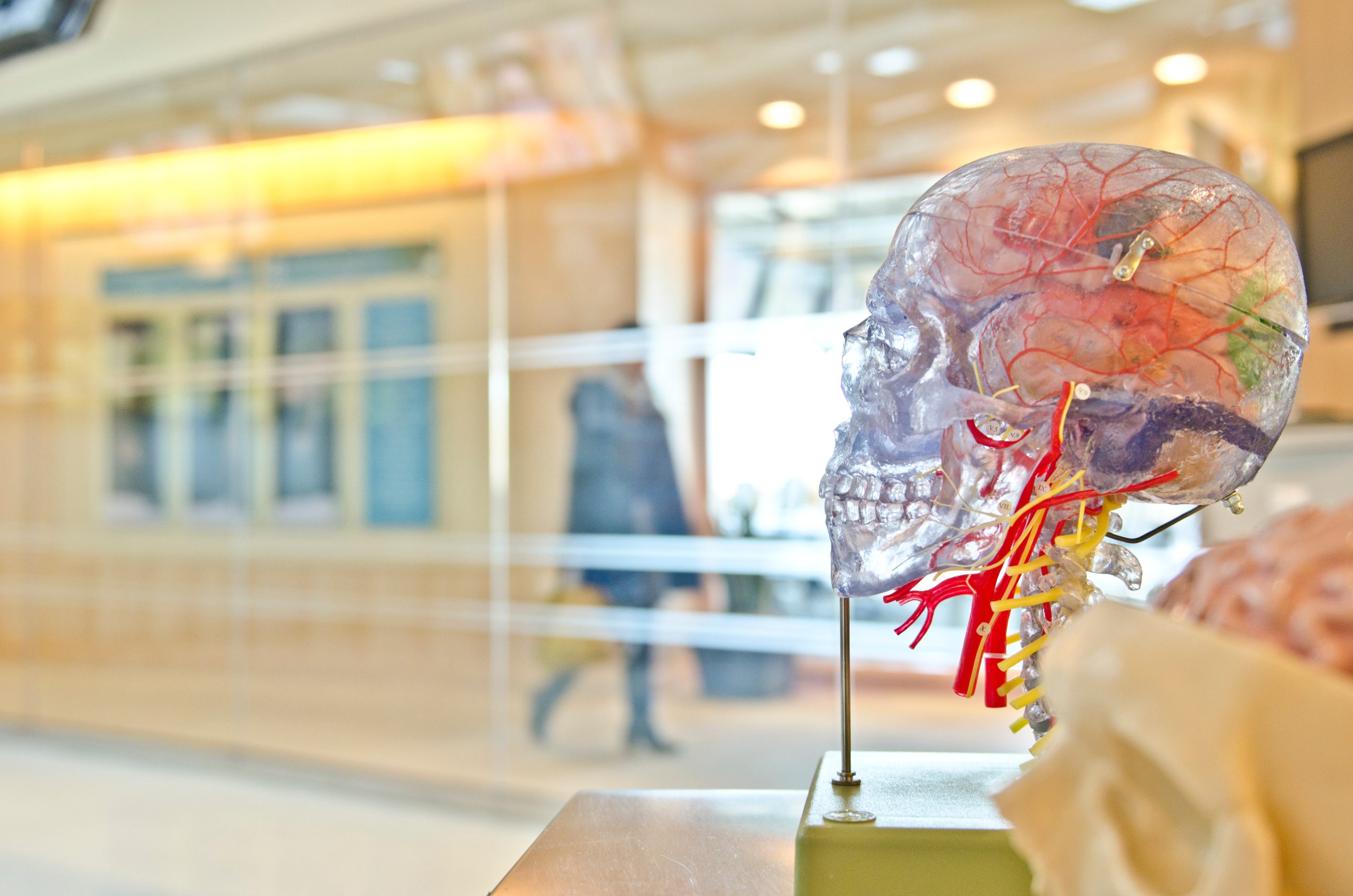The University of Nebraska’s own biotech-specific startup incubator is up-and-running, aiming to change the face of Midwestern innovation with an initial cohort of four startups. In 2015, the University of Nebraska Medical Center (UNMC) and the University of Nebraska at Omaha (UNO) partnered to create UNeTecH (University of Nebraska Biomedical Technology Institute) to foster and nurture a biotech scene with local innovation.

Jeffrey P. Gold, Chancellor
“UNeTecH will provide us an advantage to compete for and develop an emerging, highly skilled workforce that also will assist the state in retaining Nebraska’s best and brightest,” said UNMC Chancellor
Jeffrey P. Gold, M.D. “We’re incredibly excited about the potential this initiative has to advance Nebraska’s economic competitiveness and improve health care for people in our state and around the world.” The
UNeTecH building, located only a couple of blocks from UNMC in Omaha, has 5,000 sq ft available in three floors, one for labs and workshops, and two for offices. Maximum capacity is 10-12 startups working at the same time within the facility. UNeTech operates on a $1 million budget allocated by the state of Nebraska. Additionally, the institute seeks to raise between $7 million to $10 million in funding from third parties interested in incubating their selection of startups. The institute hopes to have incubated 20 early-stage startups and launching five full-fledged businesses by 2020, prioritizing innovative ideas coming from
UNeMed, the technology transfer and commercialization arm of the UNMC. On September 11, 2017 UNeTech announced its first cohort of
promising early-stage medtech startups:
- Avert builds on biomedical research at UNO to design a program to detect concussions based on the patient’s balance.
- Esculon is making a self-irrigating drain tube that does not clog during chest surgeries.
- FutureAssure is making software and devices to better assess patient risk and possible outcome before undergoing surgery.
- Virtual Cardiovascular Solutions is creating advanced educational tools for surgeons, involving 3-D and computerized imagery for improving skills at interpreting heart conditions.










